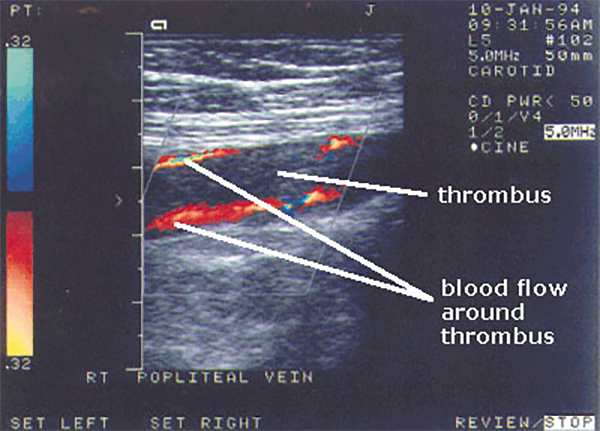

I never knew I was at risk for a DVT. Honestly, I had never heard of the condition.
I was a relatively healthy 44 year old male, taking medicine for some hormonal issues. I was never told that taking this medication would increase my chances of developing a clot in my veins.
Sadly, that's exactly what happened. A clot formed in my left leg. It was extremely painful and required hospitilization. I'm now recovering from a clot that is about six inches long. The recovery can take as long as 6 months.
Technology professionals are prone to these types of clots due to our somewhat sedentary lifestyles. Knowing your risk factors beforehand can help you avoid what I went through.
